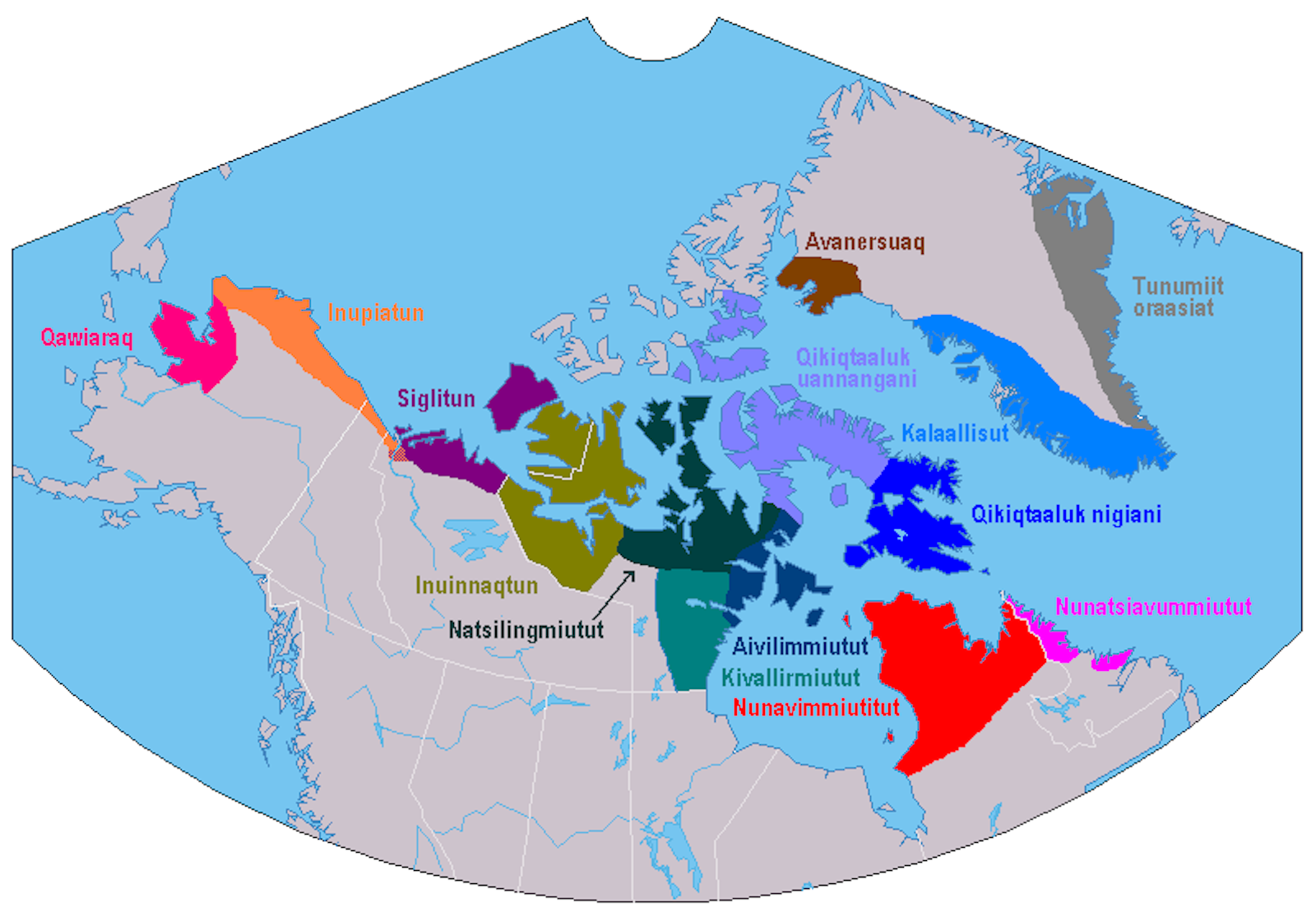

Alpha Translation & Interpretation concludes its retrospective of the past year with a significant breakthrough for indigenous languages. In October 2024, Google announced the addition of Inuktitut, spoken by almost 40,000 people, to its translation service. Let's take a look back at this first for indigenous languages in Canada, and the importance of their accessibility in the digital world.
The addition of Inuktitut is part of Google Translate's initiative to include 1,000 of the world's most widely spoken languages on its platform. But is the number of speakers enough for integration?
When it comes to integrating a language into its translation service, Google doesn't limit itself to popularity data alone. Isaac Caswell, senior engineer at Google Translate and founder of the project, explains that the availability of sufficient online text data is a prerequisite for the development of a reliable linguistic model.
For example, other indigenous languages such as Cree - spoken by almost 86,000 people - have not yet been added, due to the lack of a sufficient corpus.
In contrast, Inuktitut benefits from a very active community on the Internet. Sufficient quality data made integration possible: “We avoid integrating languages if the result produced by the model is likely to be inaccurate or inconsistent,” explains Isaac Caswell.
Suzie Napayok-Short, head of Tusaajiit Translations, says she's not worried about the impact of this new addition on her translation and interpreting work: “You can use it for a word or two, but the structure of Inuktitut is so different from that of English that I don't think it can ever really be automated into a real translation.
The addition of Inuktitut to Google Translate would not have been possible without close collaboration with the communities that speak it.
A large number of professionally translated documents from the proceedings of the Government of Nunavut were available online.
Once the basic template had been established, Caswell and a colleague turned to Inuit Tapiriit Kanatami (ITK), the national organization representing Inuit interests in Canada, for feedback on the quality of the translations.
ITK also provided a common character base to represent the different dialects of Inuktitut through its two writing systems, syllabic and the Latin alphabet.
“Without their contribution, we would probably have limited the model to a single writing system, which would have been detrimental to certain community projects”, says Isaac Caswell.
Fewer and fewer Inuit have Inuktitut as their mother tongue - in favor of English - according to Statistics Canada. To the point where many elders have difficulty communicating with younger generations. Efforts have been underway for several years to reverse this trend.
The addition of Inuktitut to a platform as popular as Google Translate is therefore hailed as a major turning point for the promotion and preservation of Inuit languages.
It is also part of a wider trend, with companies such as Meta (Facebook) and Microsoft Translator having already integrated Inuktitut - a variant of Inuit - into their respective platforms.
These efforts are helping to raise the profile of indigenous cultures and recognize their importance as part of the world's heritage.
It's always good to remember that a language comes with a history, a culture, a rich tradition and, so to speak, a soul. So the loss of a language is always deeply worrying.
This initiative paves the way for the integration of new indigenous languages, although the road ahead is fraught with technical and human pitfalls.
For Inuit and Inuktitut speakers, this breakthrough symbolizes recognition and an opportunity for cultural exchange in an increasingly connected world.